From pv magazine global
The cost of generating solar power has plunged low enough to threaten thermal power fleets in the world coal capital of China and fossil fuel facilities in the petrostate of the UAE, according to new figures published by Bloomberg New Energy Finance.
With the crucial falls in the levelized cost of energy (LCOE) from large scale solar and onshore wind having occurred in the last six months, the analyst also claims energy storage projects are now cheaper in Europe, China and Japan than building new fossil fuel facilities for handling peak electricity loads – with the switch having taken place over the same period.
The average levelized cost of energy (LCOE) generated by large scale solar plants has fallen to $50/MWh since October, according to the BloombergNEF study. That marked a 4%, six-month fall in costs for solar, according to the analysts, during a period when onshore wind costs tumbled 9% to $44/MWh.
The roll-out of monocrystalline solar modules in China drove down the solar power cost 9% to $38/MWh in the global solar capital during the same period, said BloombergNEF, with the study adding: “New-build solar in the country is now almost on par with the running cost of coal-fired power plants.”
Stranded assets
Fossil fuel plants in Australia and Chile, as well as China and the UAE, could be put at risk, according to the Bloomberg study, as the solar power cost from big projects over the last six months in those markets has hit US$23-29/MWh.
And the solar price falls are set to continue, according to BloombergNEF, with analyst Tifenn Brandily adding: “On current trends, the LCOE of best-in-class solar and wind projects will be pushing below $20/MWh this side of 2030. Today, the best solar projects in Chile, the Middle-East and China – or wind projects in Brazil, the U.S. and India – can achieve less than $30/MWh. And there are plenty of innovations in the pipeline that will drive down costs further.”
On energy storage, Brandily said batteries had forged a more convincing business case than facilities such as gas peaker plants which could be quickly fired up to help meet surges in electricity demand. “The benchmark LCOE for battery storage has tumbled to $150/MWh, about half of what it was two years ago,” said the analyst.
That was chiefly down to rising sales enabling storage manufacturers to drive down balance-of-plant and operations and maintenance costs, according to the analyst.
This content is protected by copyright and may not be reused. If you want to cooperate with us and would like to reuse some of our content, please contact: editors@pv-magazine.com.
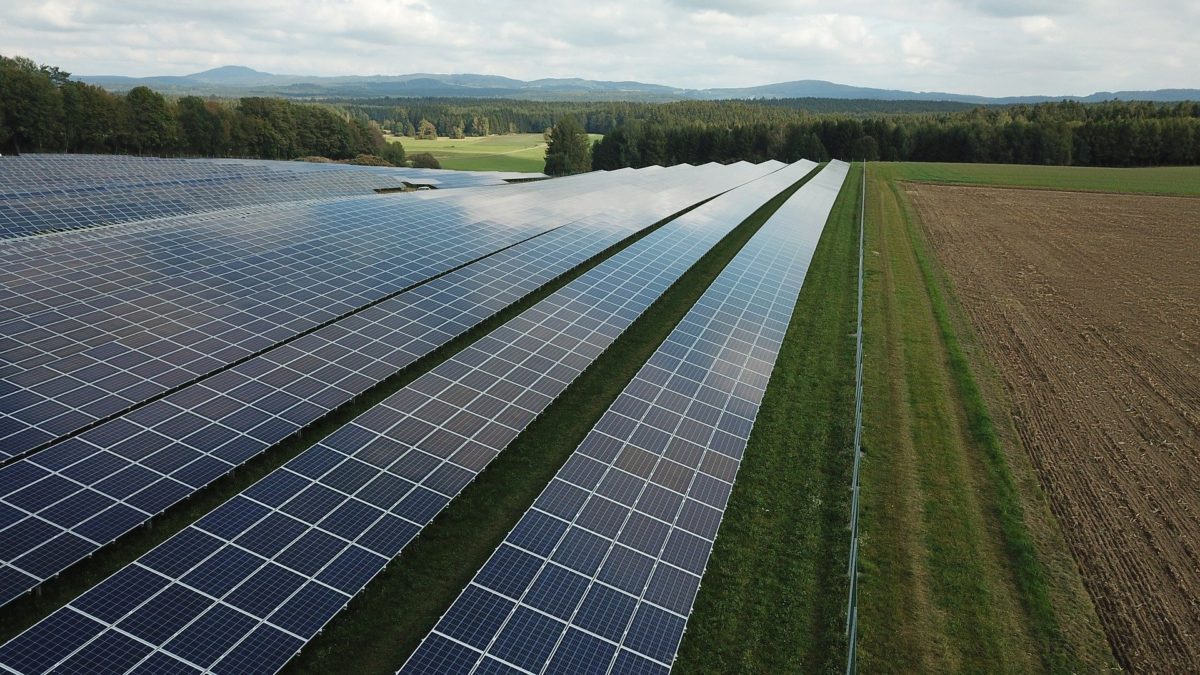



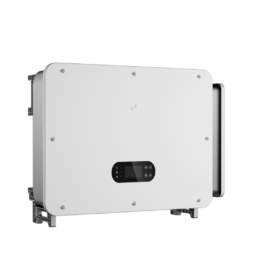

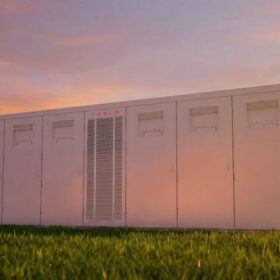
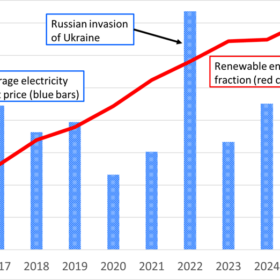
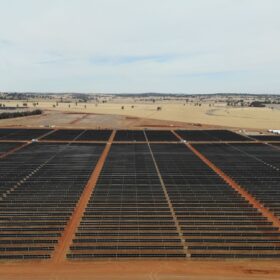
I’ve read of “predictions” of the 30 to 35% tandem solar PV cell in the next 5 years, perovskites are often mentioned. IF one can manufacture a tandem solar PV cell of 35% efficiency, the actual efficiency of solar PV on one’s roof would be 15% more efficient than generating power by fuel driven plants, then sending this electricity to ratepayers losing from 15% to 25% more power going through transformer step losses along the way. A 30% solar PV product, would usher in the “self consumption” movement for residential and small businesses. We have witnessed solar PV systems going from 2.5kW inverter blocks to house inverters of around 11kW. Just one step further into the “throttleable” hybrid house inverter that could be grid interactive and also off grid by system design, and around 30kW maximum power, with enough energy storage one could power their home (most) of the time and use the grid for backup power.